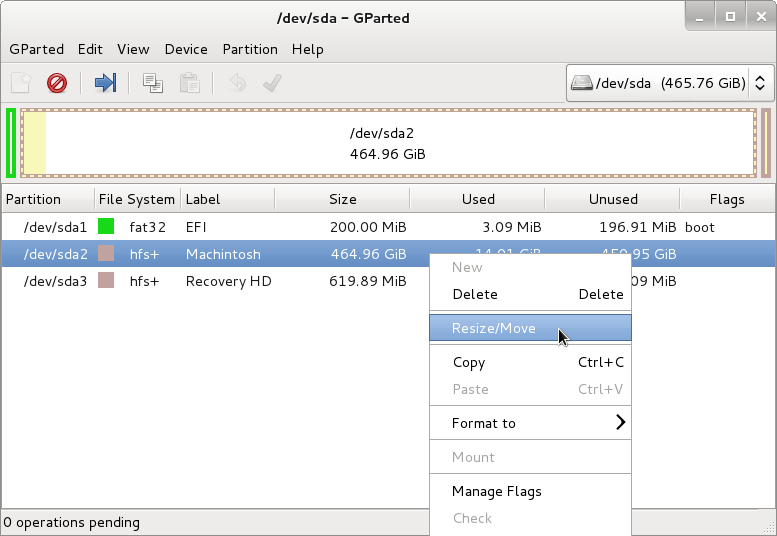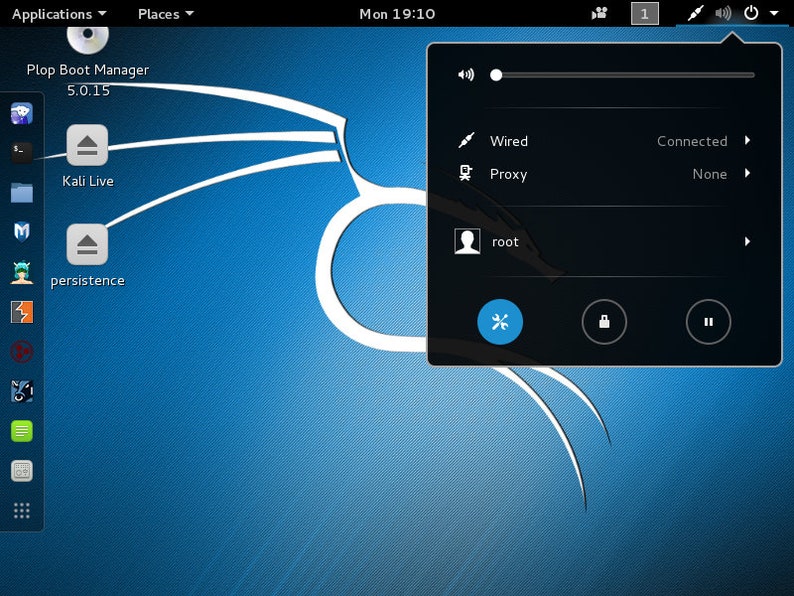

- #HOW TO BOOT KALI LINUX ON A MAC INSTALL#
- #HOW TO BOOT KALI LINUX ON A MAC DRIVERS#
- #HOW TO BOOT KALI LINUX ON A MAC WINDOWS 10#
- #HOW TO BOOT KALI LINUX ON A MAC PRO#
- #HOW TO BOOT KALI LINUX ON A MAC PC#
The fix was suggested to me by Roderick W.
#HOW TO BOOT KALI LINUX ON A MAC WINDOWS 10#
It took a little while for me to understand that somewhere throughout the process I had inadvertently ended up with a Hybrid MBR after all, and that was what was giving Windows 10 heart palpitations. Instead it wanted me to run a repair from the source CD. In my case, however, I found that Windows 10 would not boot.
#HOW TO BOOT KALI LINUX ON A MAC INSTALL#
Just be very careful and triple-check every prompt during this install sequence. Not a huge problem, since I was able to just boot into the Mac Recovery partition and was easily able to reinstall MacOS X Yosemite that way (rememeber what I said about having backups before!!!). I know this for a fact, because I believed the hybrid MBR approach that so many people talk about, and did install it, and thus managed to wipe my MacOS X installation. I then proceeded to install Kali Linux 2.0 into the empty space on the hard disk, but - and this is important - do not install the GRUB boot loader into the MBR, as that would wipe out your MacOS X installation.rather than following the sequence described here ( ) for dual-boot setup, I simply held down the option key while restarting the Mac, and used the Mac's built-in boot manager to boot from the Kali Linux 2.0 USB stick. Now here comes my departure from the official instructions.

I also used Windows 10 to download the Kali 2.0 disk image and wrote it to the USB stick, as detailed here: I did this from within Windows 10, by right-clicking on the Windows Start menu, selecting Disk Management, and then identifying and shrinking the Windows 10 partition, thereby creating some empty space. The next step for me was to shrink the Windows 10 partition by about 64GB to make room for the Kali Linux 2.0 install.
#HOW TO BOOT KALI LINUX ON A MAC PRO#
I've detailed all the steps to getting the MacBook Pro to dual-boot Windows 10 in a previous blog post I wrote on my company's blog:

#HOW TO BOOT KALI LINUX ON A MAC DRIVERS#
That can be easily done using the BootCamp boot manager that Apple ships with MacOS X, and the benefit of this approach is that this will also install Apple's drivers for Windows 10 properly, so your MacBook will work better under Windows 10 as a result.

#HOW TO BOOT KALI LINUX ON A MAC PC#
You will need several tools to make this work, including a sufficiently large USB flash-drive (I used 1 256GB stick, but it can probably be done with a 32GB stick, too), a USB WiFi adapter (or a wired Ethernet cable, because the Mac's built-in WiFi is not recognized by default in Kali Linux), a Windows 10 license, another Windows PC (where you download the Windows 10 ISO image that you put on your USB flash-drive), and a few hours of spare time.Īlso, you need to understand from the beginning that all three operating systems are capable of EFI-booting and can handle a GPT partition table. I've recently managed to successfully install Kali Linux 2.0, Windows 10, and MacOS X Yosemite to triple-boot on my 2013 MacBook Pro laptop, and it took quite a bit of research to figure out all the pieces to this puzzle, so I though I'd share it here with the community - maybe this is helpful for some:


 0 kommentar(er)
0 kommentar(er)
